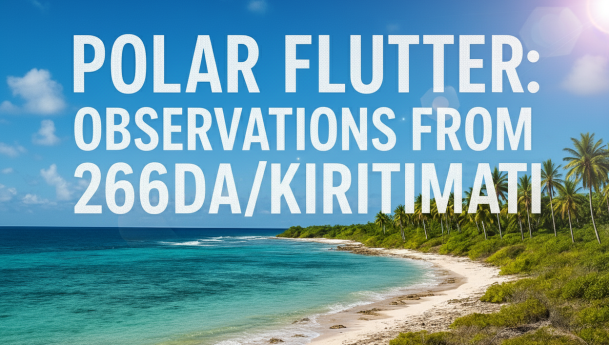
 As a child growing up in Australia, the North Pole always fascinated me — its vast ice sheets, biting winds, and the occasional polar bear drifting across a frozen landscape, looking to tear the limbs off an unsuspecting Eskimo.
As a child growing up in Australia, the North Pole always fascinated me — its vast ice sheets, biting winds, and the occasional polar bear drifting across a frozen landscape, looking to tear the limbs off an unsuspecting Eskimo.
 During my 2025 DXpedition to the spectacular Northern Line Islands of Eastern Kiribati (266 Division), however, the Pole revealed a different kind of phenomenon: its remarkable influence on HF radio propagation…
During my 2025 DXpedition to the spectacular Northern Line Islands of Eastern Kiribati (266 Division), however, the Pole revealed a different kind of phenomenon: its remarkable influence on HF radio propagation…

On the shores of this remote Pacifica QTH, signals bent, quivered, and danced across the globe in ways I’d never encountered in 15 years of executing DXpeditions.
It was a crazy listening experience indeed!

From my shack on Kiritimati Atoll, the short-path (SP) heading to Europe (EU) ran at 0° — a direct trajectory slicing across the Arctic…
 On this beam heading, surprisingly, North America (NA) and the Caribbean also responded to CQ calls, while South America (SA) often joined pileups via the long-path (LP), tracing mirrored arcs of signals over the auroral zone.
On this beam heading, surprisingly, North America (NA) and the Caribbean also responded to CQ calls, while South America (SA) often joined pileups via the long-path (LP), tracing mirrored arcs of signals over the auroral zone.
This NP heading became the optimal DX path for my “Most Wanted” dxpedition, providing me with unusually high reliability and signal clarity.
Polar flutter is a significant high-latitude propagation phenomenon, capable of shaping HF signal behavior in ways that challenge standard prediction models.
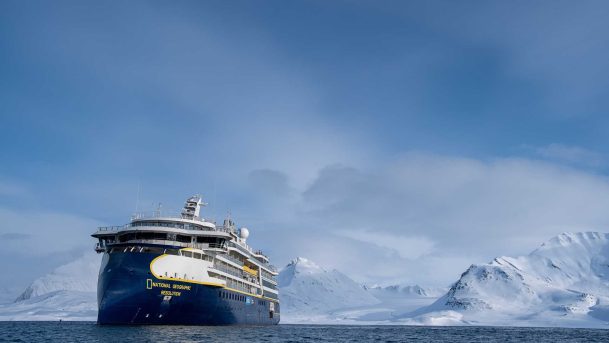
For me, the combination of an uninterrupted OC corridor and the high-latitude ionospheric conditions likely contributed to these exceptional propagation characteristics…
VOACAP 11 and Proppy predictions had suggested near-impossible SP contacts to EU from this location.
Yet, the logbook consistently demonstrated the contrary thanks to the top end of the compass!
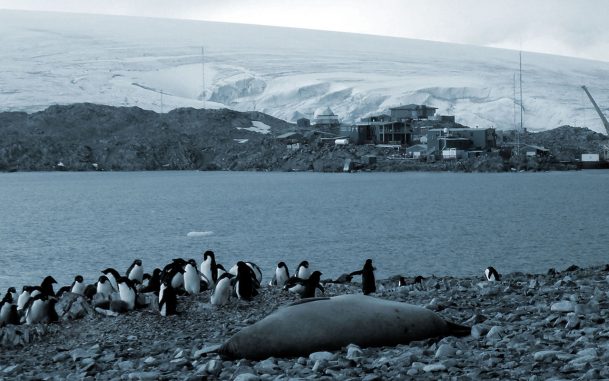
Amazingly, every EU contact during this “Most Wanted” operation traversed the polar path, with no evidence of long-path propagation whatsoever…
Additionally, South American (SA) signals often mirrored the SP trajectories via LP, suggesting complex multi-hop reflections within the high-latitude ionosphere.
Propagation predictions consistently underestimated SP potential under these extreme polar propagation conditions.

Each incoming EU transmission exhibited pronounced flutter, trembling through the restless auroral zone and bending as if light were refracting across melting ice…
Over an unbroken corridor of open ocean and polar ice, this otherwise silent expanse became the most efficient conduit during my time on the atoll, carrying signals with remarkable clarity and intensity over the 2 week period.
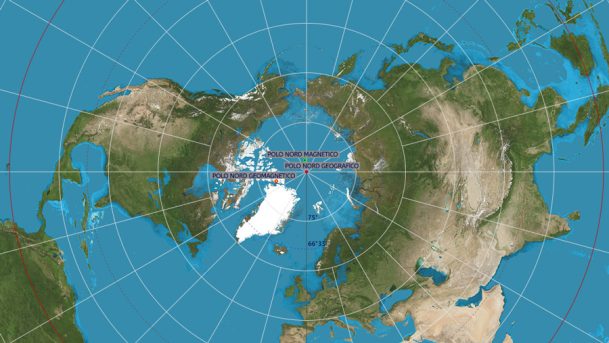
Signals traversing the auroral corridor exhibit pronounced amplitude and phase modulation, often creating multi-hop propagation paths that extend short-path connectivity well beyond conventional expectations…
For operators in equatorial and mid-latitude locations, accounting for auroral activity and polar propagation corridors can provide a strategic advantage, turning previously marginal paths into reliable channels for rare DX contacts.
Across this dynamic polar corridor, the combination of open ocean, minimal land interference, and ionospheric activity produced a high-fidelity transmission environment, demonstrating that high-latitude effects are critical considerations in global HF operations…
Polar flutter remains unpredictable, ephemeral, and captivating — a reminder that, in HF radio, the extremes of our planet are as much a part of the adventure as the islands we activate.
73 de Daz, 43DA001
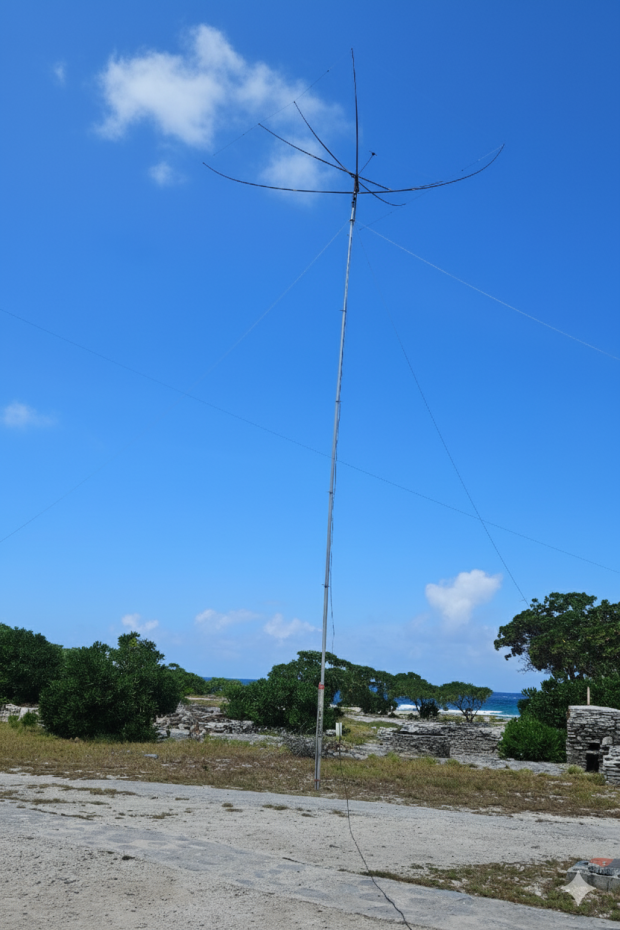

Very good article, Darren. I had the opportunity to contact you during the expedition and only had a short window of time to listen, but I must say I listened to you almost every day I was able to be on the radio.
Greetings, and I look forward to your next activity. 73s